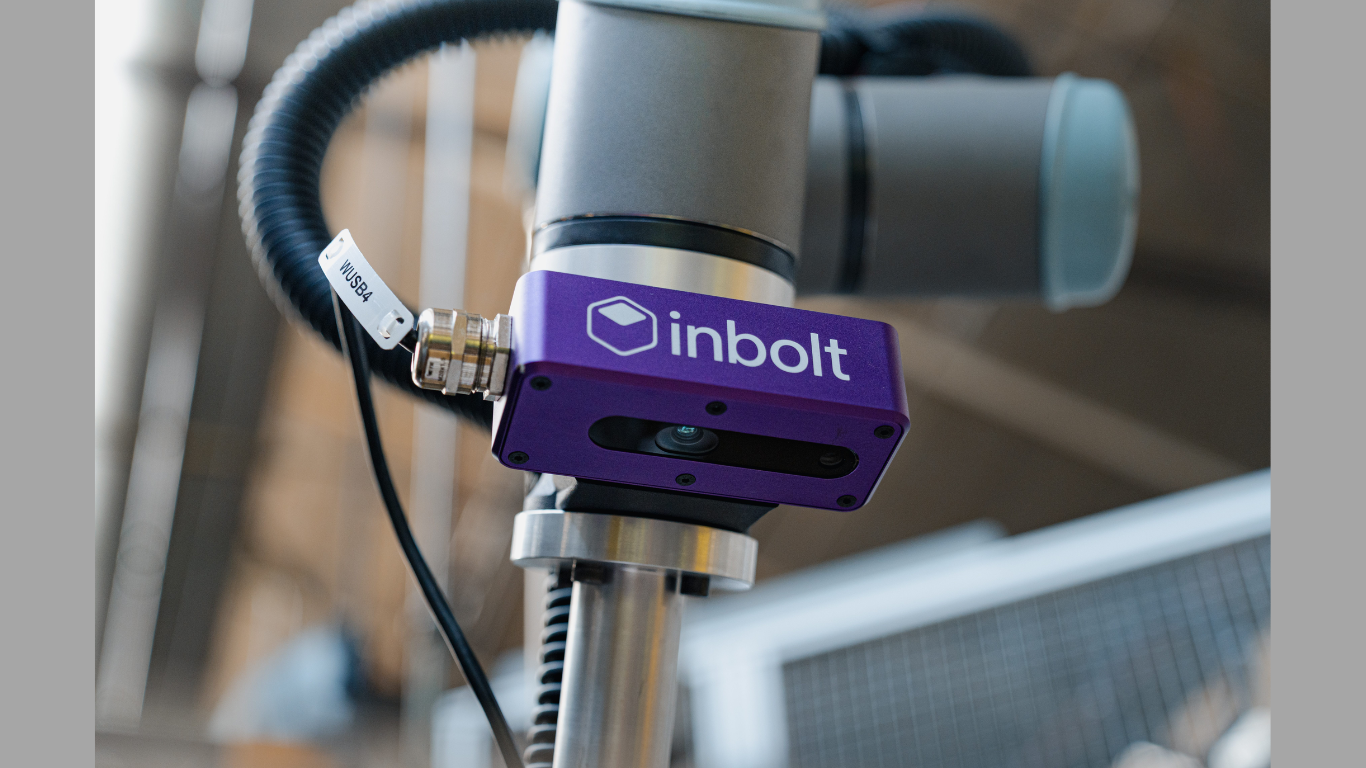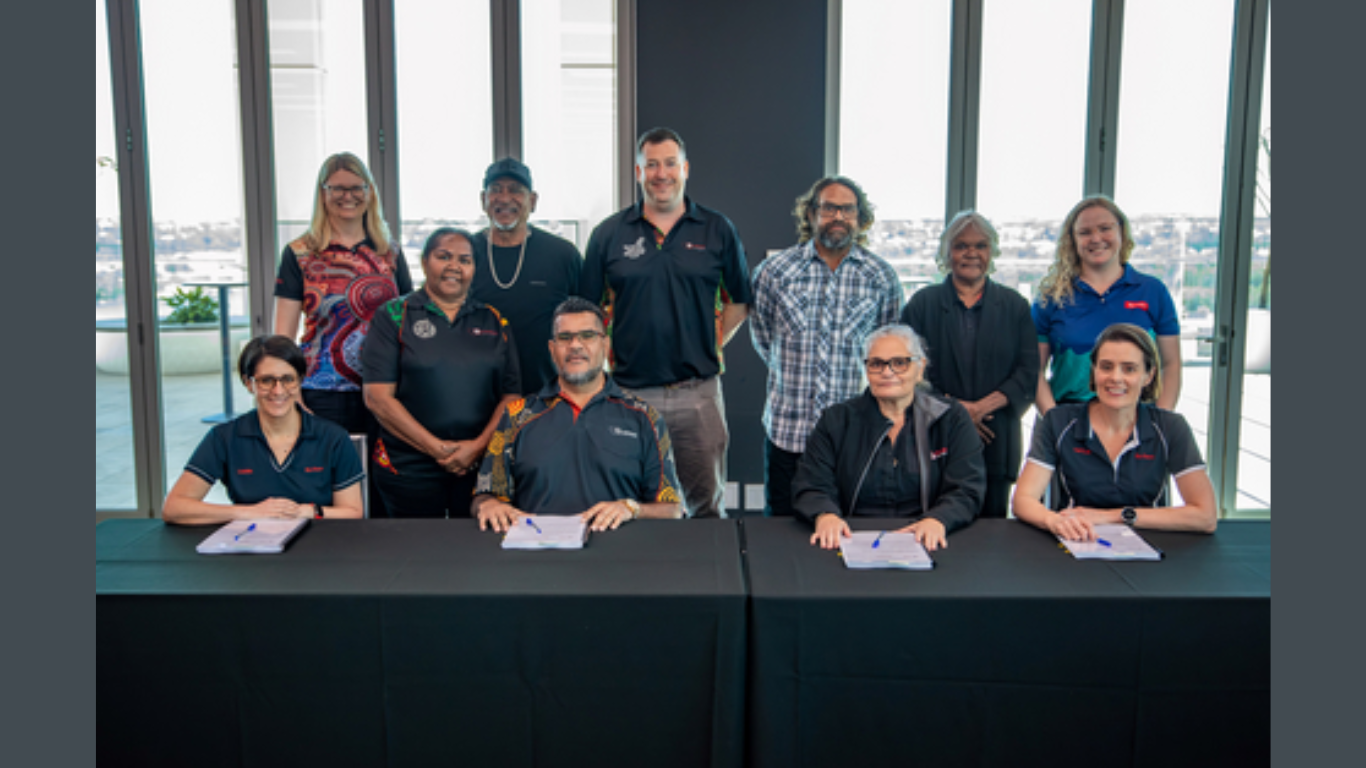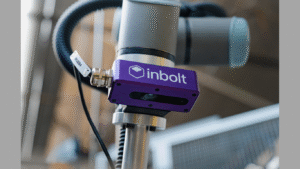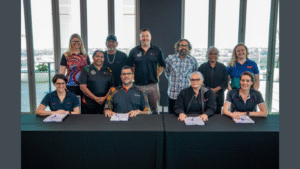A crash in the parking lot, a fall on wet tiles, a careless lift in the warehouse. These are small moments that can turn into big costs if people are unsure what to do.
Clear training helps. When staff understand simple legal ideas and the right steps to take, they act faster and smarter. Firms like SutliffStout show how plain guidance can reduce stress after an accident and help everyone focus on care and facts.
Why Teach Injury Basics
Most workplace injuries do not start with bad intent. They start with habits, hurry, or gaps in process. Teaching the basics sets a common standard.
People know what safe conduct looks like, what to document, and when to speak up. That shared playbook protects the person who is hurt and the company that must respond.
Training also builds trust. Employees see that management values safety and fairness. When an incident happens, staff are more likely to report early, follow the process, and avoid arguments that make problems worse.
Early reports give your team time to help the injured person, secure the area, save video, and contact the right people.
Finally, better knowledge lowers costs. Fewer injuries mean fewer claims and less downtime. Clear records mean faster decisions by insurers. The result is less disruption to customers and teams.
The Law in Plain Terms
Personal injury disputes often turn on one core idea, negligence.
In simple terms, a person or business may be responsible if they had a duty to act with reasonable care, they failed to meet that duty, and that failure caused harm that led to losses.
Employees do not need to learn legal codes. They do need a working feel for how decisions look on paper.
For example:
- Duty of care: Keep floors dry, aisles clear, and equipment in good order.
- Breach: A known leak without a warning sign or fix.
- Causation: The spill caused the fall, not a separate medical event.
- Damages: Medical bills, lost income, and other losses.
Many staff also hear about workers’ compensation. In many U.S. settings it provides wage and medical benefits for work injuries, and it may limit lawsuits against the employer.
Your training should explain how your policy works, who to notify, and what forms are used.
How to Report an Incident
Good reporting is simple, fast, and consistent. A short checklist turns a tense moment into a clear process:
- Care first. Call 911 if needed. Use on-site first aid kits and follow company health protocols.
- Secure the area. Block off hazards and keep others safe. Stop use of any equipment tied to the event.
- Note the facts. Who, what, when, where, and how. No blame statements. Just what people saw and heard.
- Capture evidence. Save video, photos, and device logs. Photograph the scene from several angles. Keep the original files with timestamps.
- List witnesses. Collect names and contact details. Ask each person for a short written note while memories are fresh.
- Keep records. File the internal incident report the same day if possible. Attach medical notes and cost records as they arrive.
- Notify partners. Tell your insurer within the timelines in your policy. If vehicles are involved, note plate numbers and insurance details. If the event may involve a third party, such as a contractor or vendor, notify your legal contact.
Explain to staff why this matters. Accurate facts and quick notice help doctors treat the injury, help managers fix hazards, and help insurers make faster decisions. It also keeps the company ready if a dispute arises later.
Risks at Work and Off Site
Not all risks live inside your building. Business travel, volunteer days, client visits, and team socials can raise new questions. Make your rules clear:
- Company vehicles and rentals: Follow local traffic laws, no phone use while driving, and wear seat belts. Report any crash right away, even minor ones in a lot.
- Client sites and venues: Respect the host’s safety rules. If you see a hazard, alert both the host and your manager. Document unsafe conditions.
- Team events: Alcohol, sports, or late nights increase risk. Set simple boundaries before the event. Assign a sober lead who can arrange rides and handle incidents.
- Contractors on your site: Confirm certificates of insurance and who is responsible for which areas. Contractors should secure their work zones and store tools safely. If a contractor’s gear injures someone, your records will help establish who is responsible.
Training should use short scenarios that match your real work. A courier slips on stairs at a client’s office. A sales rep is rear-ended on the way to a meeting. A staff member twists an ankle at a charity run.
Walk through what to do, who to call, and what to document. Keep language clear and steps short.

Build a Simple Training Plan
You do not need a thick manual. A compact plan can sit inside your broader safety program and still make a strong difference. Consider these parts:
- Orientation module: A 20 minute session in week one that covers basic duties of care, what negligence means in simple terms, and your reporting steps. Provide a one page handout with the checklist and contacts.
- Quarterly refreshers: Short 10 minute updates in team meetings. Share two real cases from your sector, stripped of names, and review what went right and what to improve.
- Role-based drills: For managers, a mock incident report and insurer notice. For drivers, a crash kit in each vehicle with a placard that lists steps, phone numbers, and a simple diagram form.
- Clear forms and tools: A mobile form that works offline, a shared folder for photos and video, and a rule that the person in charge collects files within 24 hours.
- Vendor and event playbooks: A one page sheet for off site work and socials, including transport plans and who is the lead.
- Legal touchpoints: Name the moments when you may need outside legal help, such as a serious injury, a multi-vehicle crash, a potential third-party claim, or an incident with complex facts.
Once this plan is in place, audit it. Pick three incidents from the last year, even small ones, and ask simple questions. Did we report on time. Did we save evidence. Did we fix the hazard. Use the answers to adjust training and forms. This loop keeps the program lean and useful.
Final Takeaway
Good training does more than cut costs. It shows care for people, keeps work moving, and lowers stress when accidents happen. With a shared understanding of basic legal ideas and a clear checklist, your teams can act fast and fair. That protects employees and the business, and it builds a culture where safety and calm process are the norm.
Article received via email






























